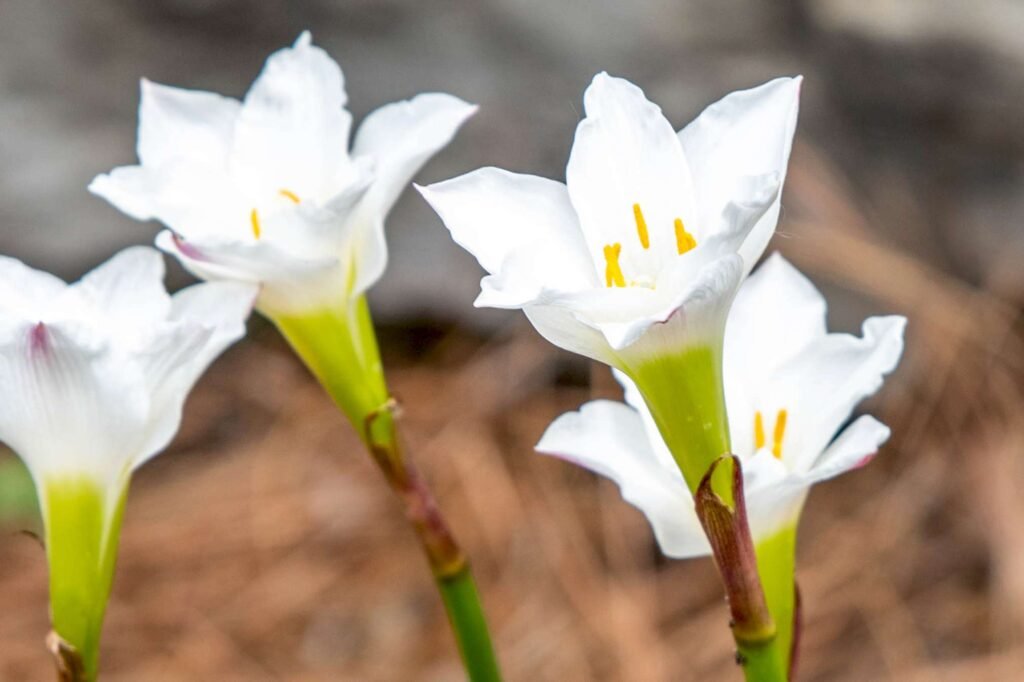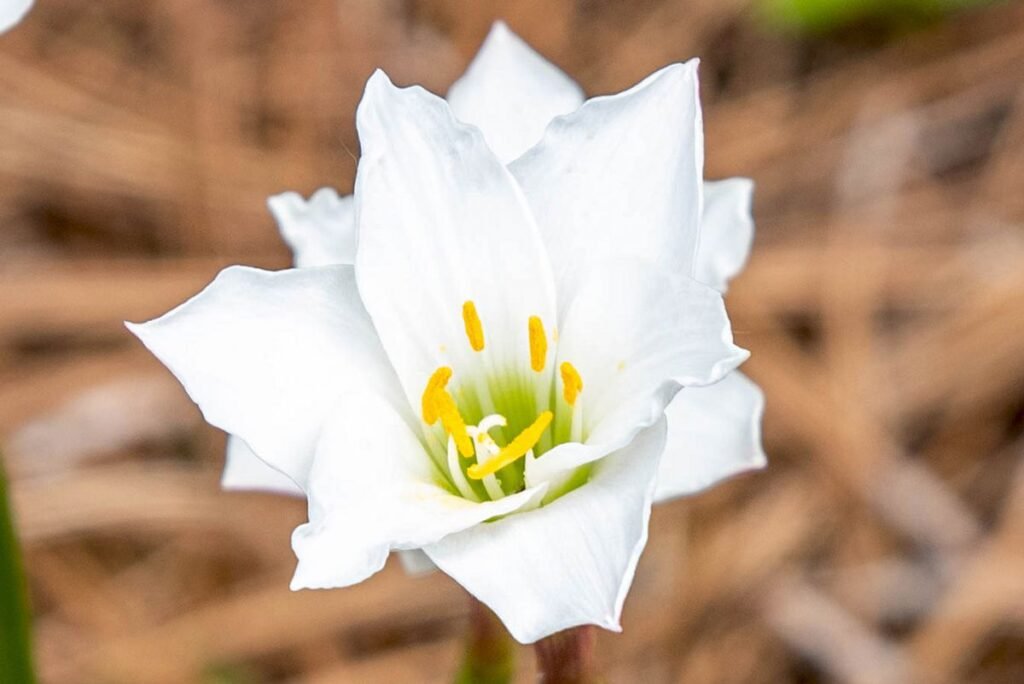Rain lily plant life (Habranthus robustus syn. Zephyranthes robusta) grace the dappled colour lawn mattress or container, generating lovable blooms following rain showers. Growing rain lilies is not hard when the right situations are available to the plant. Rain lily bulbs produce diminutive blossoms in abundance once they’re settled within the proper spot.
Also referred to as Zephyr lily and fairy lily, growing rain lilies are petite, reaching no extra than a foot (30 cm.) in top and infrequently getting that tall. Pink, yellow and white crocus-like flora bloom from late spring through overdue summer season, on occasion in advance during wet seasons. Multiple plant life bloom on each stem.
About Rain Lily
This plant is hardy is USDA Zones 7-11. A member of the Amaryllidaceae family, pointers are the equal for developing rain lilies as for growing the crinum lily, the Lycoris lily and even the not unusual indoor-grown amaryllis of the same family. Sizes and blooms vary, however care for rain lily is similar to other members of the own family. Several sorts of rain lilies are available in these days’s market. Newer hybrids are available more than a few colours, and bloom time will vary via cultivar, however basically, their care is the identical.

Plant wherein afternoon coloration is available to the plant, particularly inside the hottest areas. Care for rain lily consists of ordinary watering, even at some stage in dormancy. Soil have to be well-draining. Rain lily bulbs ought to no longer be moved until the mattress is overcrowded. When transferring rain lily bulbs, have the brand new planting areas organized and circulate them right into their new vicinity. When studying the way to develop rain lilies, plant them in a really protected place and mulch in iciness, as rain lily flowers may be injured at 28 F. (-2 C.) or lower temperatures.
How to grow Rain Lily
Plant the small rain lily bulbs in properly-draining soil at some point of the autumn season. Soil that is wealthy, holds moisture properly, and is slightly acidic is optimal for this plant. Place bulbs approximately an inch deep and three inches (7.Five cm.) aside. When shifting and transplanting rain lily bulbs, any time of year will work if the bulbs are planted quickly and watered in. Regular watering is essential to hold the grass-like foliage of rain lily lush and healthful. Foliage can also die back in the course of intervals of neglect, but generally returns while watering resumes. Once they’re set up of their bed or box, foliage will spread and blooms multiply.
Know more varities of lily. also follow on flowerworld
Varieties of Rain Lily
Unnamed white and crimson rain lilies are the most not unusual and simplest to discover however do some digging to discover these named cultivars with the intention to bring a number of colorings for your flower garden.
‘Abacos Apricot’: Also called August grass, this local of the Bahamas capabilities coral blooms with a yellow middle.
‘Bangkok Peach’: From July till early fall, revel in the maximum delicate pale peach-hued blooms.
‘Beni Tama’: Flowering starts offevolved in June, with red blooms and prominent yellow stamens.
‘Big Dude’: Broad white petals have a touch of lavender frost, making them glow within the night garden.
‘Rose Perfection’: A uncommon choice sporting perfectly pink plant life with a imperative white stripe on each petal.
‘Star of Bethlehem’: Vivid orange plants with a few yellow streaking
‘Fedora’: Large white vegetation begin early, in May, and preserve throughout the summer time.
‘Lily Pies’: If you have to select simply one, allow or not it’s this placing pink and white bicolor.
‘Midas Touch’: As the call implies, vibrant gold blooms on 10-inch stems.

